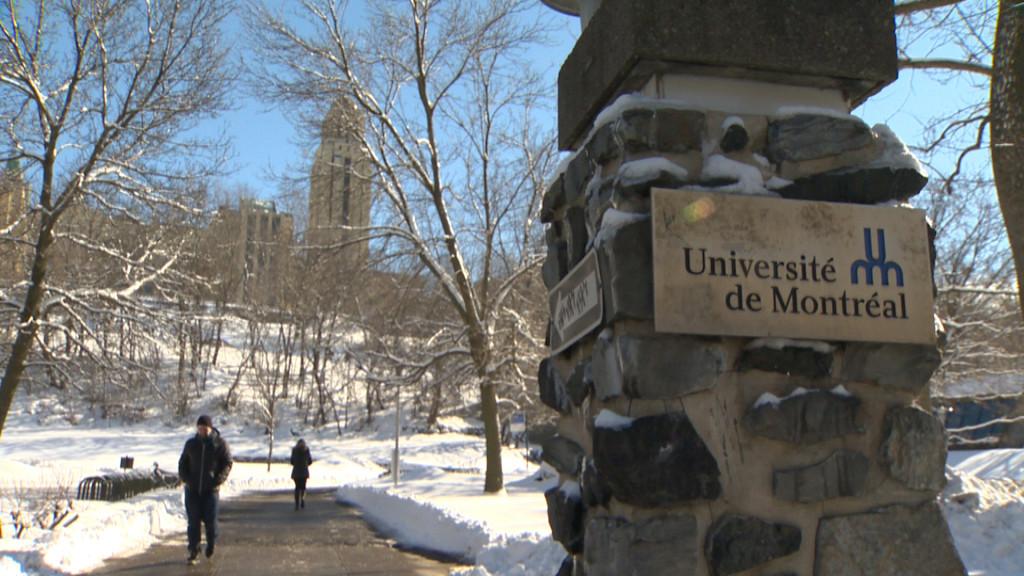
While sometimes their surgical duties may be something as simple as repairing a scar on a little boy’s face after he fell off his bike, often plastic surgeons may also be at the front lines of medicine operating in truly groundbreaking, international cases we’ve followed that were made possible with 3D printing, like replacing a portion of a young girl’s forehead after major consequences from infection, as well as the case of a baby who was able to receive skull reconstruction with 3D printed titanium implants.
Obviously, we don’t require aesthetics physically to survive, but aside from health, the work plastic surgeons do is often crucial to the patient’s confidence, spirit, and the will to heal altogether. For children it becomes even more important as they are much more susceptible to teasing, bullying, and peer issues when scarred or disfigured.
We all like to look in the mirror and see our true selves looking back though, displaying our spirit and personality in a whole form. Plastic surgeons often play an amazing part in making this possible again for their patients. That is being taken to a new level of miraculous now, concerning the case of 23-year-old Alex whose cheekbone and eye floor were crushed after an accident. The result was a lopsided look. Although he had previously attempted to have it fixed, he had experienced serious infections and other complications.
Alex consulted Dr. Daniel Borsuk, plastic surgeon at Hôpital Maisonneuve-Rosemont and professor at the University of Montreal, to see if there was the possibility of fixing the damage, but without adding insult to injury with more scars. Dr. Borsuk is known for his experience in this area, specifically for performing a face transplant surgery several years ago after a patient suffered a gunshot blast.
Dr. Borsuk reported that Alex was insistent that he needed help, and the surgeon not only listened, he understood, as many of his patients are not only in physical pain, but due to deformities they become debilitated socially and don’t want to leave the house to see others or even go to work.
“So, through using some of our new techniques of virtual surgery, 3D printing, and some novel surgical techniques, we were actually able to give him what he wanted,” said Dr. Borsuk.
Using 3D models, created via Materialise software, the surgical team at the University of Montreal was able to fabricate a skull which showed the differences between the two sides of the patient’s face. Using the mirror of the ‘good side’ of his face, they were able to make a plan for the facial reconstruction and examine and identify the missing bone.
“We designed a surgery where we harvest this bone from his pelvic area with an artery and a vein, and we keep the artery and the vein with this piece of bone that we have because that’s going to make the bone heal as if it’s just a normal piece of bone from your body that heals within three to six weeks,” said Dr. Borsuk. “And then we sculpted it to be this exact three dimensional shape, and we were able to mold the bone onto the skull.”
Indeed, with the amount of planning and navigating with 3D printed models, the surgery was successful and left no scarring due to surgical entry through the mouth.
“The operation, during which the latest technologies were applied to reconstructive plastic surgery, sends a real message of hope to anyone who feels they must simply live with this type of disfigurement and who often feels so self-conscious that they isolate themselves,” said Dr. Borsuk.
Due to the surgery, Alex’s ongoing pain from the accident had dissipated completely, his countenance was almost completely back to normal, and several weeks into healing he showed no sign of infection or any problem. While this is a first for a facial reconstruction of this magnitude, we’ve certainly covered numerous stories where patient specific 3D models have been of huge benefit for patients and surgeons both, in diagnosis, as visuals for educating patients and families, as well as training for surgeons and most importantly, navigation while actually performing the procedure. Discuss this story in the 3D Printed Facial Model forum thread on 3DPB.com.
[Source: Medical Daily]